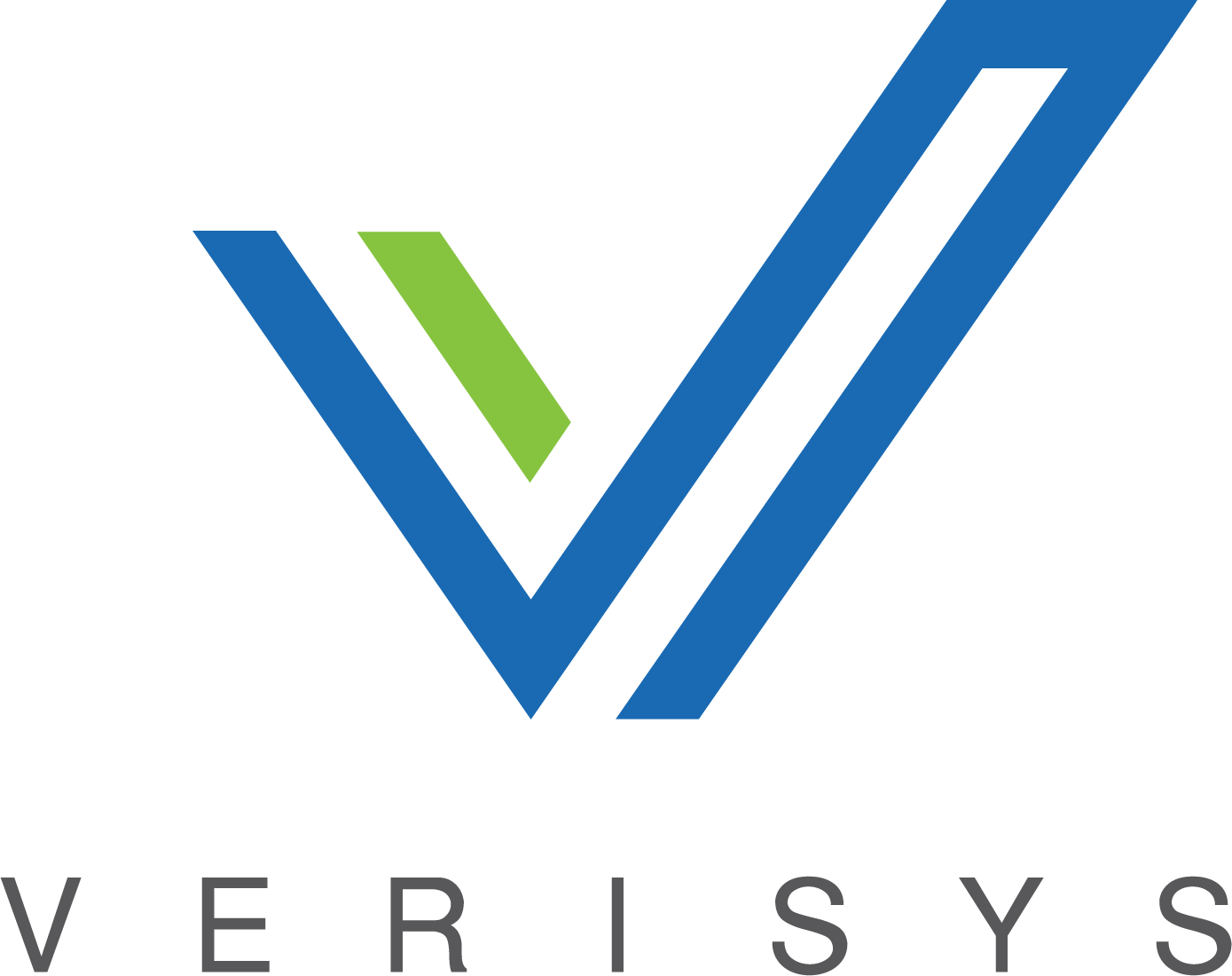– The best resource for monthly healthcare regulatory compliance updates. Compliance Updates: April 2024 Overlook: Licensure Compacts Other Legislation Board Updates Interstate Medical...


While sanctions lists are constantly evolving and expanding, compliance with Health and Human Services (HHS) Office of Inspector General (OIG) standards are also becoming more stringent. This means that ensuring effective and regular screenings is more difficult than ever.
A medical sanction can be detrimental to both the excluded individual as well as the affiliated entity. Continuing to employ an individual who is included on the LEIE exclusion list can jeopardize a healthcare provider’s ability to continue federal programs. Further, they can potentially accrue steep penalties and fines. In order to stay in compliance with HHS and ensure a safe environment for patients and employees, the proper systems must be in place.
Comprehensive Sanctions Screening
With increasing difficulty in tracking patient abuse, fraudulent billing, overprescribing and more, comprehensive sanctions screenings for healthcare providers are critical. Effective sanction screenings check both federal and state databases, are automated for regular and ongoing updates and will capture any paper trails of questionable behavior often missed by traditional background checks.
A Medicaid sanction search should include a search of the SAM and LEIE databases. These screenings should take place once an individual is hired or a vendor or contractor is brought on board. Monthly screenings, at the least, should take place after hiring to check for any updates to these lists.
In addition to these federal databases, some states have their own Medicaid sanctions databases. It’s important to not only screen employees and contractors against exclusion lists in the state in which your organization practices, but to also screen against federal Medicaid exclusion lists and sanctions databases.
A comprehensive sanctions screening can mitigate this risk by drawing from a multitude of data sources including federal and state exclusion databases and thousands of databases maintained by governments, professional organizations, and global organizations to ensure 99.9% accuracy.
Timeline of an OIG LEIE Exclusion
The OIG issued a Special Advisory Bulletin recommending that health care providers screen their employees and contractors monthly to confirm that they are not on the OIG’s List of Excluded Individuals (LEIE) or the System for Award Management (SAM).
No federal health care payment may be made for any item or service furnished by an excluded person or under the medical direction of an excluded person. Civil Monetary Penalties (CMPs) can be up to $10,000 for each item or service provided by the excluded person or an assessment of up to three times the amount claimed.
As per the updated Special Advisory Bulletin, employees should be screened monthly to minimize the risk of CMPs. Monthly updates are advised as well as comprehensive CMS exclusion monitoring. Unlike traditional background searches, a comprehensive background check compiles data drawn from a multitude of sources, both state and federal. This is critical as not all datasets are updated regularly or completely.
The OIG’s administrative process for imposing exclusions may take up to 18 months. CMPs and an assessment of up to three times the amount claimed can be accrued during this time. When screening against complete data sets, automated alerts can be generated before the sanction is even issued, allowing parties to take action such as making appeals to the Department of Health and Human Services.
In today’s world, the competitive advantage comes from going above and beyond the minimum requirements of regulatory requirements.
Download Verisys’ free white paper to help you understand how data protects patients, your organization, and the health care industry.
Medical Sanctions and Exclusion Allegations
The process of imposing and appealing sanctions can be a drawn-out timeline. When the OIG seeks to impose an exclusion, the individual or entity is:
If the OIG seeks to exclude based on a license revocation or State Exclusion action, the process may include a Notice of Proposal to Exclude. Appeals may be then made to the HHS Administrative Law Judge (ALJ), then to the Departmental Appeals Board (DAB), and ultimately to the United States District Court.
Depending on the type of exclusion, inclusion on the LEIE may take up to 18 months to be posted, which could leave your healthcare organization in financial and compliance risk during that time. It should be noted that an excluded party can also affect affiliated entities. If a medical provider permits an excluded party to continue to be involved in its provision services, it could jeopardize the organization’s status to participate in federal healthcare programs.
FACIS: The Most Trusted Sanctions and Exclusion Monitoring Data
While CMS exclusion monitoring is a foundational component of healthcare compliance, it can also be challenging for compliance teams to screen every individual and entity associated with the healthcare organization, paid or unpaid.
Therefore, in order to gain insight into your employee populations in real-time and with full accuracy, it’s important to have effective procedures in place for all stages of the screening process. Healthcare organizations can avoid compliance risks as well as other liabilities by using exclusion monitoring and sanction screening software that automates the process.
FACIS is the most trusted comprehensive sanctions screening software in the industry and can improve the accuracy of the compliance process, streamline team efficiency, and meet federal and state requirements. With the right set of automation tools, your healthcare organization can ensure that patient safety is not compromised while remaining in compliance with CMS and other state and federal regulatory bodies.
Learn more about how Verisys can assist your HCOs in meeting all government and regulatory standards.
 |
Written by Verisys Verisys transforms provider data, workforce data, and relationship management. Healthcare, life science, and background screening organizations rely on our comprehensive solutions to discover their true potential. Visit verisys.com to learn how we turn problems into power.
|